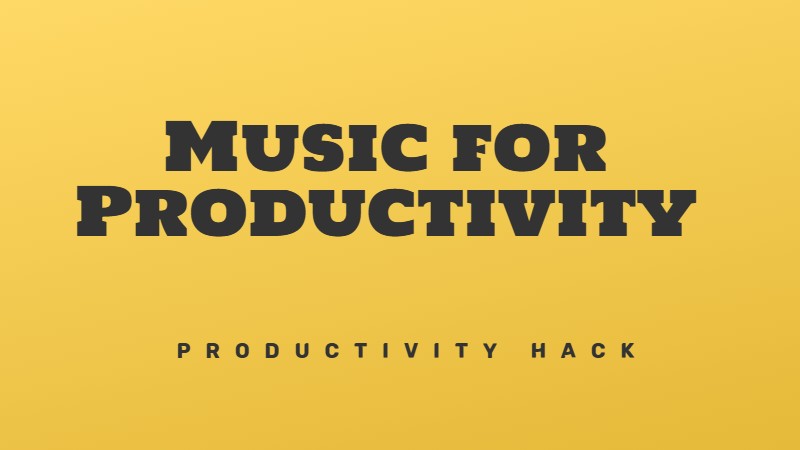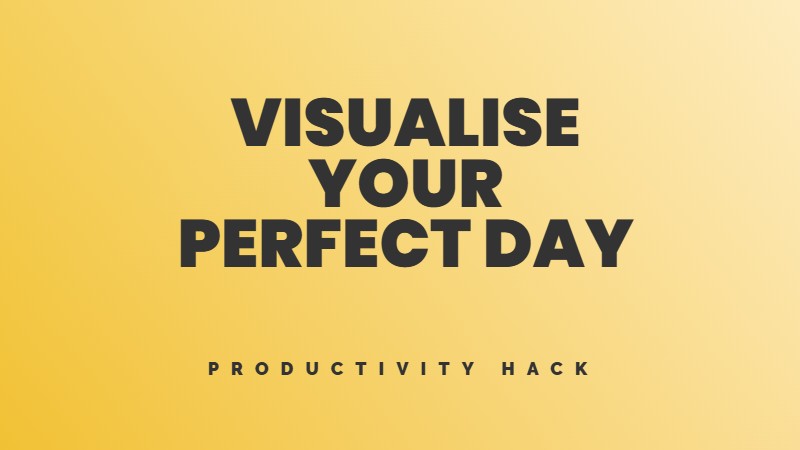You’re either being productive (good) or procrastinating (bad). You’re either working on what matters, or you’re wasting time. This black-and-white thinking dominates every productivity book, app and system on the market.
For years, I saw my tendency to avoid big tasks as a moral failing. Why couldn’t I just buckle down and focus like everyone else? Why did I always end up cleaning my garage when I should be finishing that presentation?
The problem wasn’t my work ethic. The problem was my definition of productivity itself. When I finally stopped fighting my brain and started working with it instead, something incredible happened: I got more done than ever before.
Work with your procrastination habits
Do you put off important tasks? Do you find yourself scrolling through social media when you should be working on that big project? You’re not alone. Procrastination affects everyone at some point, but what separates productive people from others isn’t that they never procrastinate.
It’s how they handle it when they do.
The smart procrastinator’s method
Forget trying to force yourself to work on things you’re avoiding. Instead, make your procrastination work for you.
Most of us think about productivity and procrastination as complete opposites. You’re either being productive (good) or procrastinating (bad). This black-and-white thinking leads to guilt cycles that make everything worse.
The truth? Your to-do list contains tasks of varying difficulty levels:
Don’t waste time beating yourself up or staring blankly at your screen when you can’t tackle that high-effort task. Instead, pick something from your medium or low-effort list.
Why this works better
Your productivity isn’t an on/off switch. It’s more like a dial with different settings. Even when your motivation for big tasks is low, you likely have enough energy for smaller ones.
This approach works for several reasons:
Put it into practice
Next time you find yourself avoiding an important task:
For example:
Break free from the guilt cycle
Stop thinking of procrastination as wasted time. When handled correctly, it’s simply preparation. Those small tasks you complete while avoiding bigger ones still need to get done eventually.
The next time you procrastinate, don’t fight it. Redirect it. Pick a different slice of your productivity pie. You’ll be surprised how often this approach leads you back to the bigger tasks with renewed energy.
Productivity isn’t about forcing yourself to do things you hate. It’s about making smart choices about where to direct your limited energy. Some progress is always better than no progress at all.
Real-life success stories
Sarah, Marketing Manager: “I spent hours staring at my computer, trying to force myself to write proposals. Now when I’m not feeling it, I switch to updating our contact database or organizing digital assets. By the afternoon, I’m often ready to tackle the writing.”
Miguel, Grad Student: “During my thesis work, I found it impossible to write on some days. I started using those days to format citations, clean my workspace, or update my research log. My overall productivity shot up because I was always doing something useful.”
Jamie, Small Business Owner: “Tax season stressed me so much I’d put it off for weeks. Now I break it down. When I don’t feel like doing the tax forms, I organize receipts or update my expense tracking. The tax work gets easier because everything’s ready when I am.”
Bottom line
You build productivity by working with your brain instead of against it. Stop treating procrastination as a moral failing and start seeing it as a signal to shift gears.
The most productive people aren’t those who never procrastinate. They’re the ones who make their procrastination work for them.




Leave feedback about this